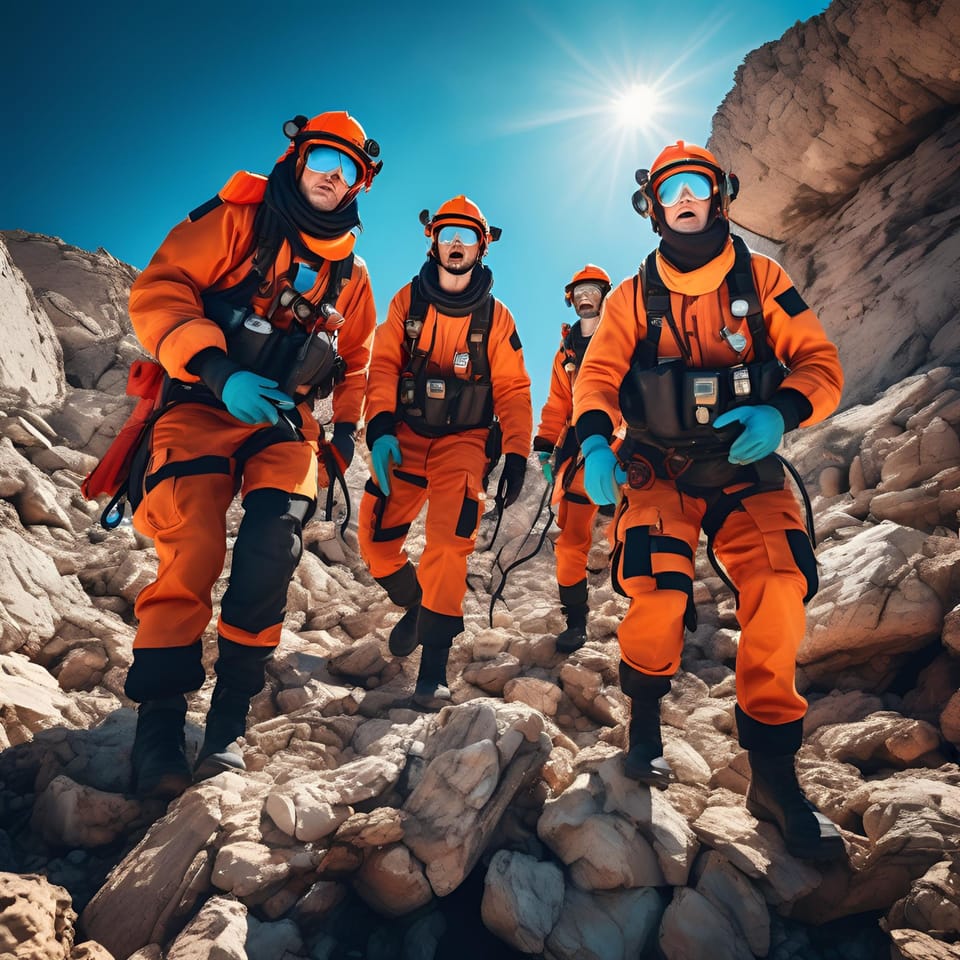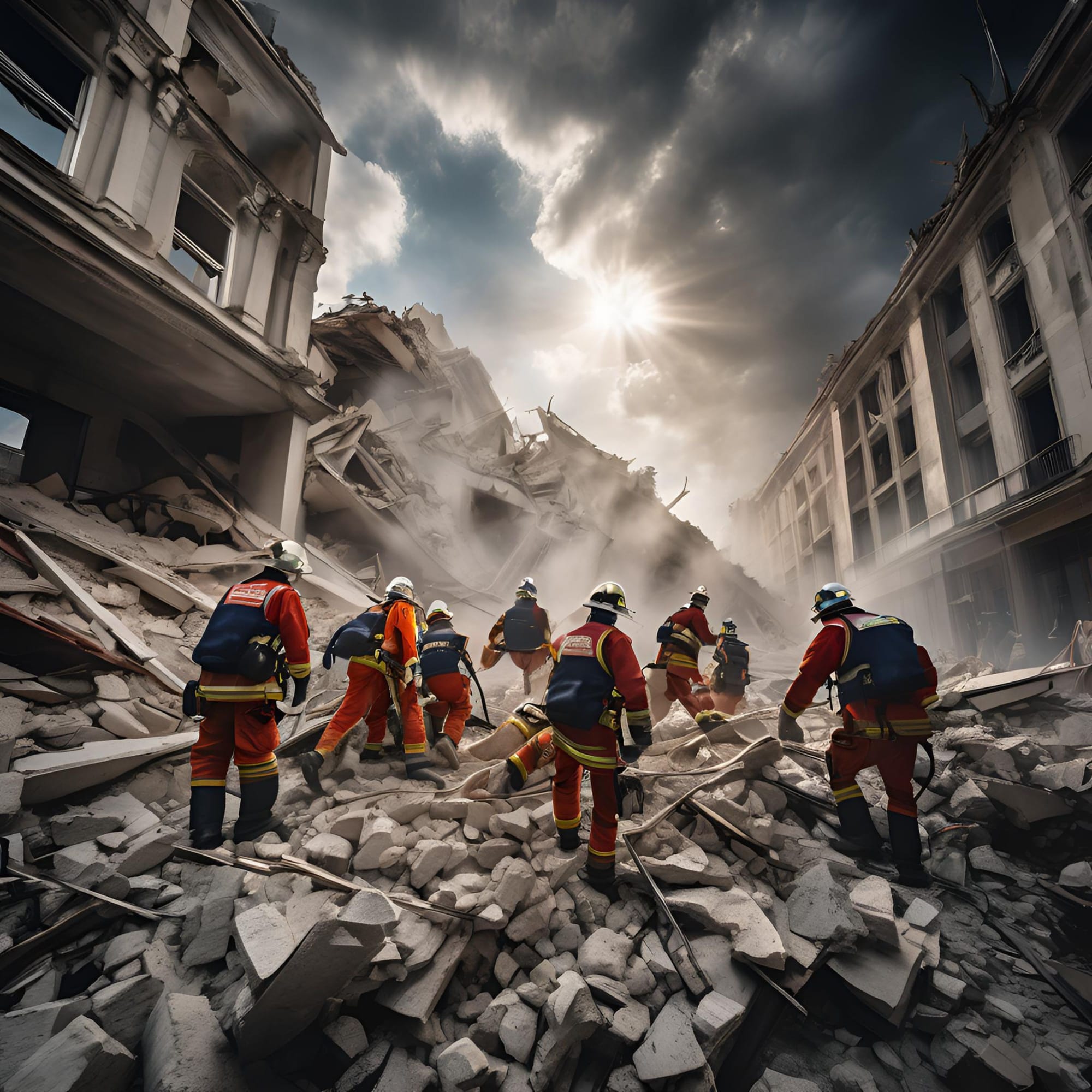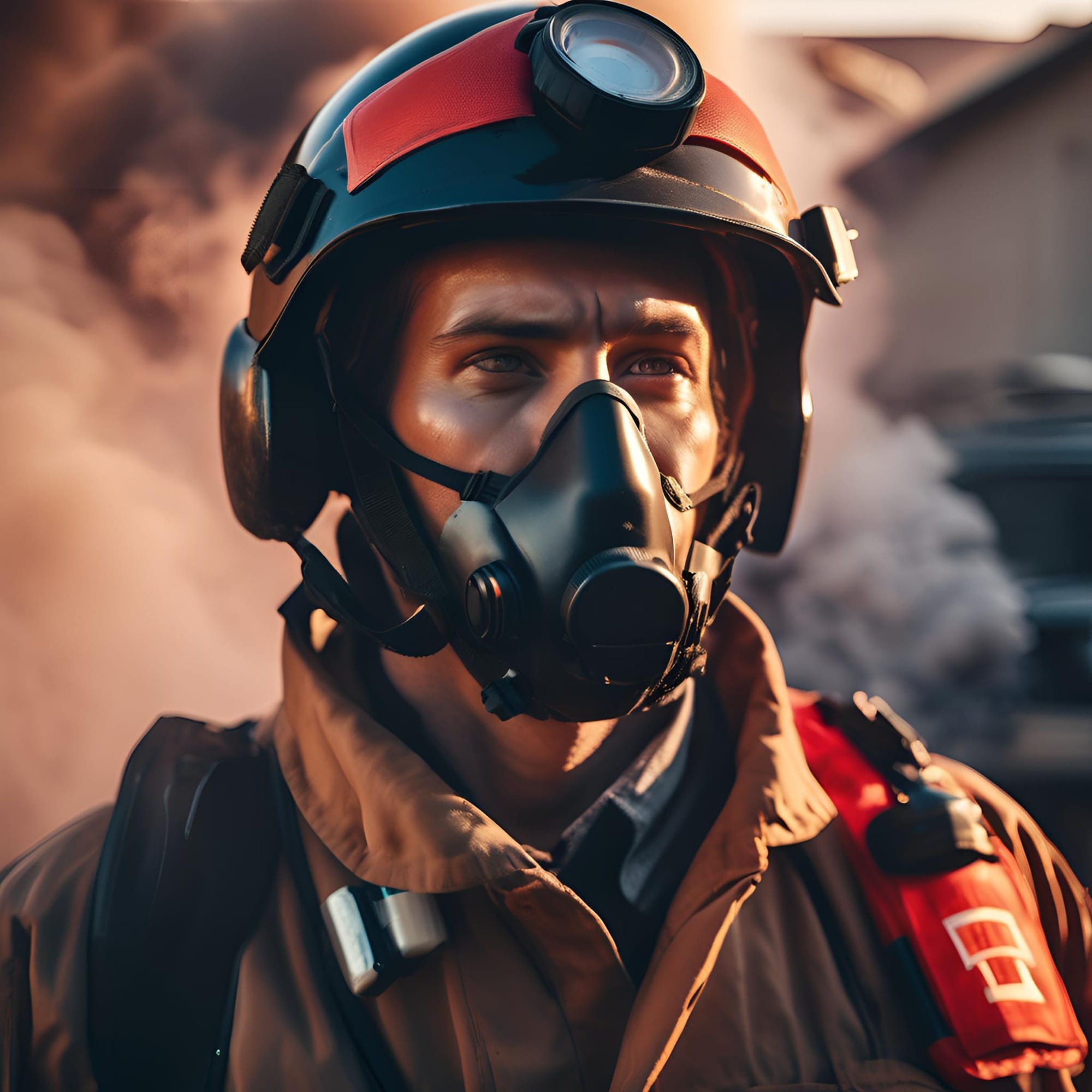"Mastering CPR for Professional Rescuers: Essential Techniques, Procedures, and Post-Care Considerations"










buymeacoffee.com coming soon..
Introduction to CPR for Professional Rescuers
Cardiopulmonary resuscitation (CPR) is a vital, life-saving technique that professionals are trained to perform in emergencies. For professional rescuers, the ability to administer CPR efficiently can mean the difference between life and death for a victim experiencing cardiac arrest. This section emphasizes the significance of CPR training for professionals and introduces the essential skills and knowledge required to perform this lifesaving procedure.
Professional rescuers—such as paramedics, emergency medical technicians (EMTs), lifeguards, and healthcare providers—are often the first responders in situations where immediate intervention is crucial. Their training equips them not only with the technical skills to perform CPR but also with the confidence to act decisively under pressure. Understanding the physiological basis of CPR and its role in the broader context of emergency medical care is essential for these practitioners.
In the following sections, we will explore the fundamental principles of CPR, specific techniques applicable to different age groups, and the integration of automated external defibrillators (AEDs) into the CPR process. Additionally, we will address the importance of post-CPR care and the ongoing need for training and education. Through a comprehensive understanding of CPR, professional rescuers can enhance their ability to respond effectively in life-threatening situations, ultimately improving survival outcomes for those in need.
Understanding CPR Basics
Understanding the fundamentals of CPR is essential for professional rescuers, empowering them to act decisively in emergencies.
Definition and Importance of CPR
CPR is defined as a series of emergency procedures aimed at restoring breathing and circulation in someone who has suffered cardiac arrest. It combines chest compressions and rescue breaths to maintain blood flow to vital organs—particularly the brain—until advanced medical help arrives. The importance of CPR cannot be overstated; it significantly increases a victim’s chances of survival. Effective CPR can dramatically enhance the likelihood of a positive outcome, making it an indispensable skill for professional rescuers.
Chain of Survival Concept
The Chain of Survival is a critical concept in emergency response, emphasizing the interconnected steps that lead to improved survival rates in cardiac arrest cases. The components of the Chain of Survival include:
- Early Recognition and Call for Help: Identifying the signs of cardiac arrest and promptly calling emergency services.
- Early CPR: Initiating CPR immediately can double or triple a victim’s chance of survival.
- Early Defibrillation: Utilizing an AED as soon as possible to restore a normal heart rhythm.
- Advanced Life Support: Professional medical responders provide advanced interventions.
- Post-Cardiac Arrest Care: Ensuring that the victim receives appropriate medical care after resuscitation to maximize recovery chances.
Each link in this chain is vital, and professional rescuers must recognize their role in ensuring that every step is executed swiftly and effectively.
Common Causes of Cardiac Arrest
Understanding the common causes of cardiac arrest is essential for professional rescuers, as it informs their approach to prevention and response. Common causes include:
- Coronary Artery Disease: The leading cause, where blocked arteries prevent blood flow to the heart.
- Heart Arrhythmias: Abnormal heart rhythms can lead to sudden cardiac arrest.
- Drowning: Lack of oxygen can result in cardiac arrest, particularly in young children.
- Trauma: Severe injuries can disrupt normal heart function.
- Drug Overdose: Certain substances can cause the heart to stop.
By recognizing these causes, professional rescuers can better prepare for emergency situations and potentially prevent cardiac arrest through education and awareness. Understanding CPR basics lays the groundwork for effective intervention, ultimately saving lives.
CPR Techniques and Procedures
CPR is a crucial skill for professional rescuers, allowing them to provide immediate assistance to individuals experiencing cardiac arrest. This section outlines the essential techniques and procedures for performing CPR effectively on adults, children, and infants, as well as the integration of AEDs.
Adult CPR Steps
The steps for performing CPR on adults are systematic and critical for increasing survival chances. The following steps should be taken:
- Check Responsiveness: Tap the individual and shout to assess responsiveness. If unresponsive, call for emergency medical services (EMS) or direct someone else to do so.
- Open the Airway: Position the victim on their back and tilt the head back slightly by lifting the chin and pushing down on the forehead to clear the airway.
- Check for Breathing: Look, listen, and feel for normal breathing for no more than 10 seconds. If the victim is not breathing or only gasping, begin CPR.
- Chest Compressions: Place the heel of one hand on the center of the chest, interlock the fingers of the other hand on top, and keep your elbows straight. Compress the chest at least 2 inches deep at a rate of 100-120 compressions per minute.
- Rescue Breaths: After 30 compressions, give 2 rescue breaths. Ensure the airway is open, pinch the victim's nose, cover their mouth with yours to create a seal, and provide a breath lasting about 1 second, watching for chest rise. Repeat for a second breath.
- Continue the Cycle: Alternate between 30 chest compressions and 2 rescue breaths until help arrives or the individual shows signs of life.
Child and Infant CPR Differences
While the fundamental principles of CPR remain consistent, techniques vary slightly for children and infants due to their anatomical differences:
Child CPR (Ages 1 to Puberty):
- Use one hand for chest compressions if the child is small; otherwise, use two hands.
- Compress the chest to a depth of about 2 inches, maintaining the same rate of 100-120 compressions per minute.
- Provide rescue breaths by sealing your mouth over the child’s mouth and nose for infants or just the mouth for older children, delivering gentle breaths.
Infant CPR (Under 1 Year):
- Use two fingers to perform compressions on the center of the chest, about 1.5 inches deep at a rate of 100-120 compressions per minute.
- For rescue breaths, cover the infant's mouth and nose with your mouth, giving gentle breaths that visibly raise the chest.
Use of AED in CPR
An Automated External Defibrillator (AED) is a vital tool in the chain of survival for cardiac arrest victims. The AED analyzes the heart rhythm and can deliver an electric shock if necessary. The steps for using an AED are as follows:
- Turn on the AED: Follow the visual and audio prompts.
- Attach Pads: Expose the chest and apply the AED pads according to the diagrams on the pads.
- Analyze Rhythm: Ensure that no one is touching the victim while the AED analyzes the heart rhythm.
- Deliver Shock: If advised by the AED, ensure everyone is clear, then press the shock button.
- Continue CPR: After the shock is delivered, immediately resume CPR, continuing the cycle of 30 compressions and 2 rescue breaths.
By mastering these CPR techniques and procedures, professional rescuers can significantly improve the likelihood of survival for individuals experiencing cardiac emergencies. The swift and effective application of these skills can mean the difference between life and death.
Post-CPR Care and Considerations
Once CPR has been administered, the responsibility of the professional rescuer extends beyond immediate resuscitation efforts. Post-CPR care is critical for ensuring the best possible outcomes for the victim and involves several important considerations.
Monitoring the Victim
After resuscitation, it is essential to continuously monitor the victim’s vital signs and overall responsiveness. Professional rescuers should assess the airway, breathing, and circulation (the ABCs) frequently. Signs of return of spontaneous circulation (ROSC)—such as normal breathing or movement—should be closely observed. If the victim regains consciousness, it is important to keep them calm and reassure them while awaiting advanced medical personnel. If the victim remains unresponsive, rescuers must be prepared to provide additional care and maintain an open airway until emergency services arrive.
Psychological Impact on Rescuers
Administering CPR can be an emotionally taxing experience for professional rescuers. Witnessing a life-threatening situation and performing high-stakes interventions can lead to stress and psychological challenges. Rescuers may experience a range of emotions, such as anxiety, guilt, or relief, depending on the outcome. Therefore, it is vital for rescuers to engage in self-care and seek support from colleagues, mental health professionals, or peer support groups. Institutions should provide resources and training on managing the emotional aftermath of such events to foster a healthier response.
Continued Education and Training
The landscape of emergency care is constantly evolving, and ongoing education is crucial for maintaining proficiency in CPR techniques and emergency response protocols. Professional rescuers should participate in regular training sessions, refreshers, and advanced courses to stay current with the latest guidelines and innovations in resuscitation. Additionally, simulations and scenario-based training can enhance skills and build confidence in applying CPR effectively in real-life situations. Engaging in continued education not only improves individual performance but also contributes to a culture of excellence within the emergency response community.
In summary, post-CPR care encompasses the vigilant monitoring of the victim's condition, addressing the emotional well-being of the rescuer, and committing to lifelong learning and skill enhancement. These considerations are essential for ensuring the best possible outcomes for both victims and rescuers alike.
Conclusion
In summary, CPR for professional rescuers is a critical skill that can make the difference between life and death in emergency situations. By understanding the fundamentals of CPR—its definition, importance, and the Chain of Survival—rescuers are better equipped to respond effectively to cardiac arrest incidents. Mastering CPR techniques for adults, children, and infants, along with the proper use of an Automated External Defibrillator (AED), enhances the chances of survival for victims.
Moreover, post-CPR care is essential for monitoring the victim's condition and addressing the psychological impact on rescuers, who may face emotional challenges after performing life-saving interventions. Continuous education and training are vital to ensure that professional rescuers remain updated on the latest guidelines and best practices in CPR.
Ultimately, the ability to perform CPR effectively not only empowers rescuers but also fosters a community of preparedness, equipping individuals to respond promptly and confidently in emergencies. By committing to ongoing training and awareness, we can collectively improve outcomes for those experiencing cardiac arrest, reinforcing the profound impact that well-prepared professional rescuers can have in saving lives.






Member discussion